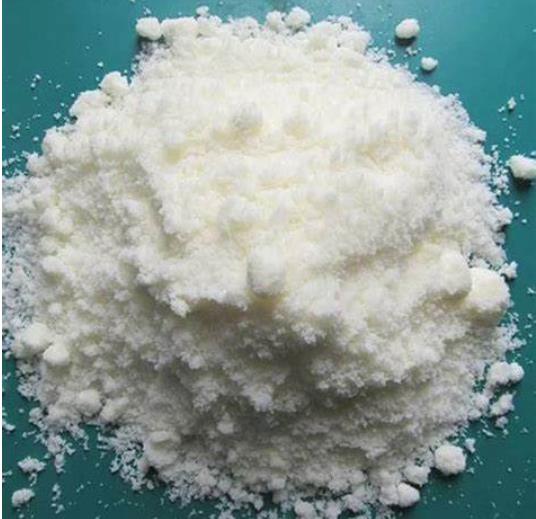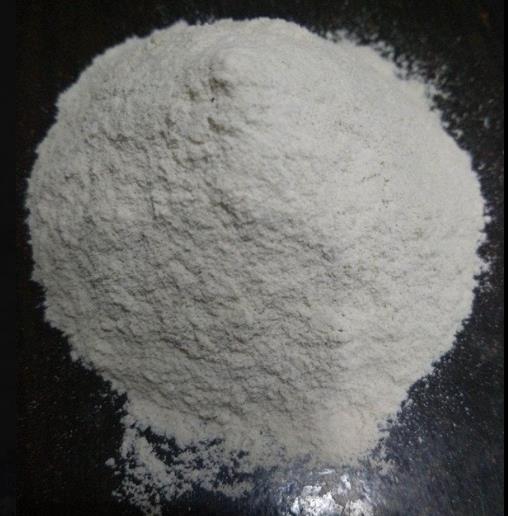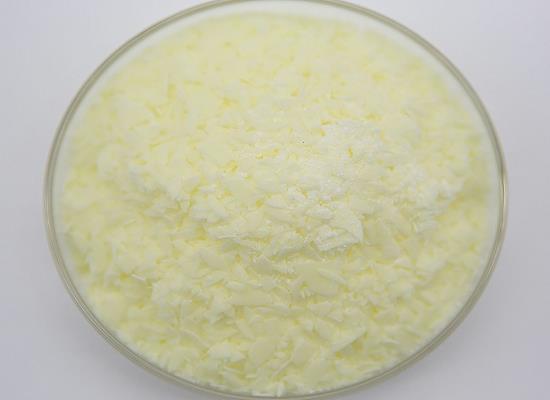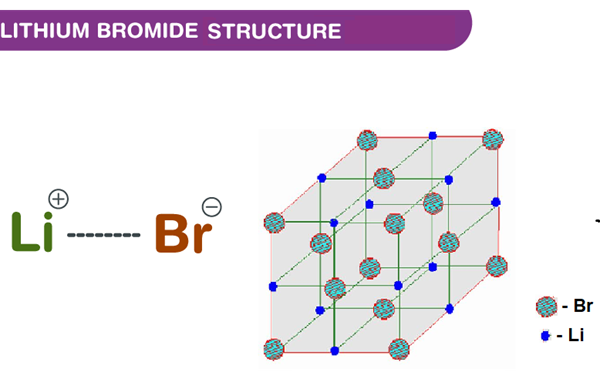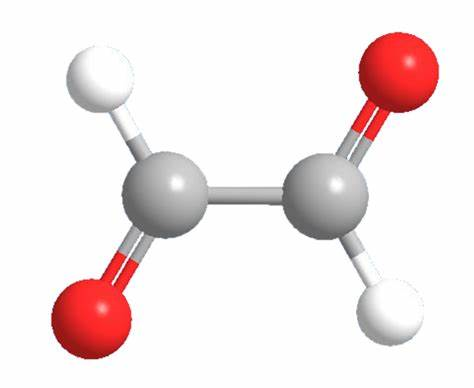Active Pharmaceutical Ingredients (API), popularly speaking, are the raw materials of medicines, only pharmaceutical raw materials are processed into pharmaceutical preparations , can they become medicines available for clinical use, so drugs we usually eat are the finished drugs through processing. Active Pharmaceutical Ingredients based on its sources can be divided into two major categories ,including chemical synthetic drugs and natural chemical drugs. Chemical synthetic drugs can be divided into organic synthetic drugs and inorganic synthetic drugs. Inorganic synthetic drugs are inorganic compounds ( very few is element), such as aluminum hydroxide, magnesium trisilicate which are used for the treatment of gastric and duodenal ulcers ; organic synthetic drugs are mainly composed of drugs made by basic organic chemical raw materials, through a series of organic chemical reactions (such as aspirin, chloramphenicol, caffeine, etc.). Natural chemical drugs ,based on its sources,can be divided into two categories including biochemical drugs and plant chemical drugs. Antibiotics are generally made by the microbial fermentation, which belongs to the biochemistry category. A variety of semi-synthetic antibiotics occurs in recent years,which are biosynthesis and chemical synthesis combining products.Among active Pharmaceutical Ingredients, the organic synthetic drugs varieties, yields and values have the largest proportion,which are the main pillars of the chemical and pharmaceutical industries. The quality of active Pharmaceutical Ingredients decides whether the formulation is good or bad , so its quality standards are very strict ,countries in the world have developed national pharmacopoeia standards and strict quality control methods for its widely used active Pharmaceutical ingredients.
Advancements and Applications of trans-Cinnamic Acid in Modern Chemistry
Trans-Cinnamic acid, has gained significant attention due to its wide range of applications in the fields of pharmaceuticals, cosmetics, and agriculture.
May 20,2024 APISodium Citrate: An Indispensable Component in Modern Chemistry
Sodium citrate, a key player in the field of chemistry, from food and beverages to pharmaceuticals and industrial processes.
May 20,2024 APITriacetin: Versatile Acetylated Glyceryl Ester in Modern Chemistry
Triacetin, is a clear, colorless, and odorless liquid that plays a pivotal role in various chemical and industrial applications.
May 20,2024 APIAnthracene: A Versatile Polycyclic Aromatic Hydrocarbon
Anthracene, a solid polycyclic aromatic hydrocarbon (PAH), consists of three fused benzene rings in a linear arrangement.
May 20,2024 APIUses of Zinc oxide in different fields
Zinc oxide is a versatile metal oxide. It has the appearance of a white powder and is used as a bulking or filling agent and as a white pigment.
May 17,2024 APIGuanidineacetic Acid: Mechanism of Action and Applications in Multiple Sclerosis
Guanidineacetic acid boosts phosphocreatine production, aiding muscle energy metabolism, and shows potential therapeutic benefits for Multiple Sclerosis.
May 17,2024 APIIsoamyl Acetate: Physical Properties, Industrial Applications and Enzymatic Synthesis
Isoamyl acetate's fruity aroma and versatile applications in various industries are achieved through esterification and enzymatic synthesis, reducing reliance on toxic solvents.
May 17,2024 API1-Naphthol: Natural Occurrence and its Catabolism via Synergistic Regulation
1-Naphthol, a genotoxin and xenobiotic metabolite, occurs naturally, posing ecological, biochemical, and toxicological implications, crucial for environmental sciences.
May 17,2024 APILithium bromide: Structure, Preparation and Application
Lithium bromide is an ionic compound that does not share electrons.
May 16,2024 APIQ:Could Glyoxal fixation enhance immunohistochemical signalling?
A:Yes. Glyoxal fixation enhances immunohistochemical signals, and adjusting the glyoxal fixative to pH 4 or 5 is key for this effect.
May 16,2024 API



